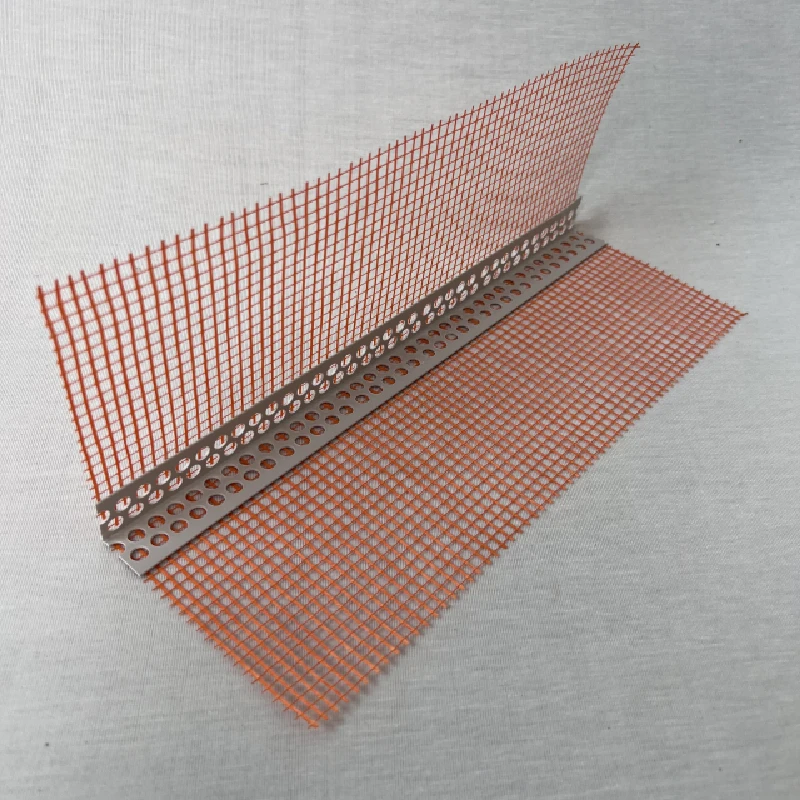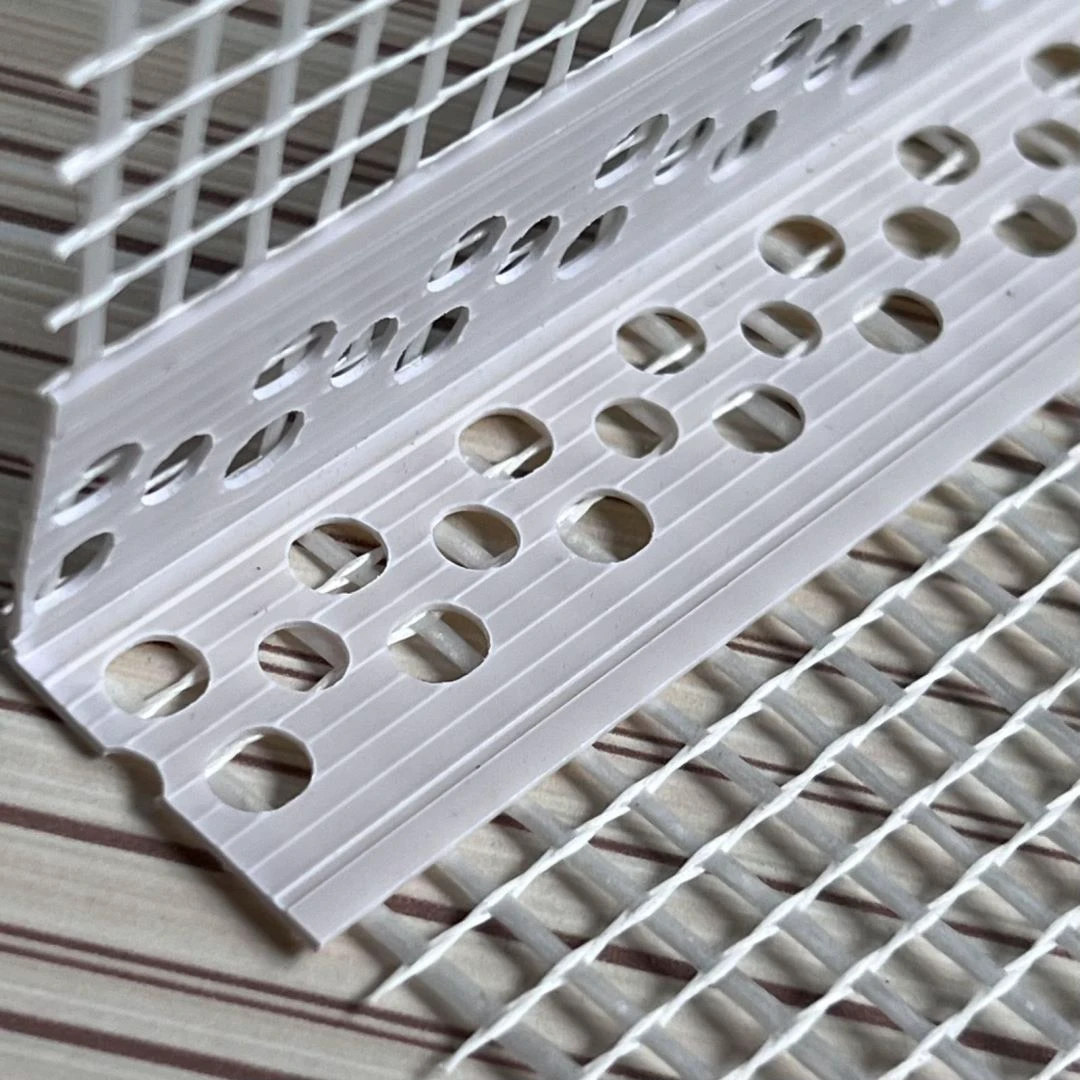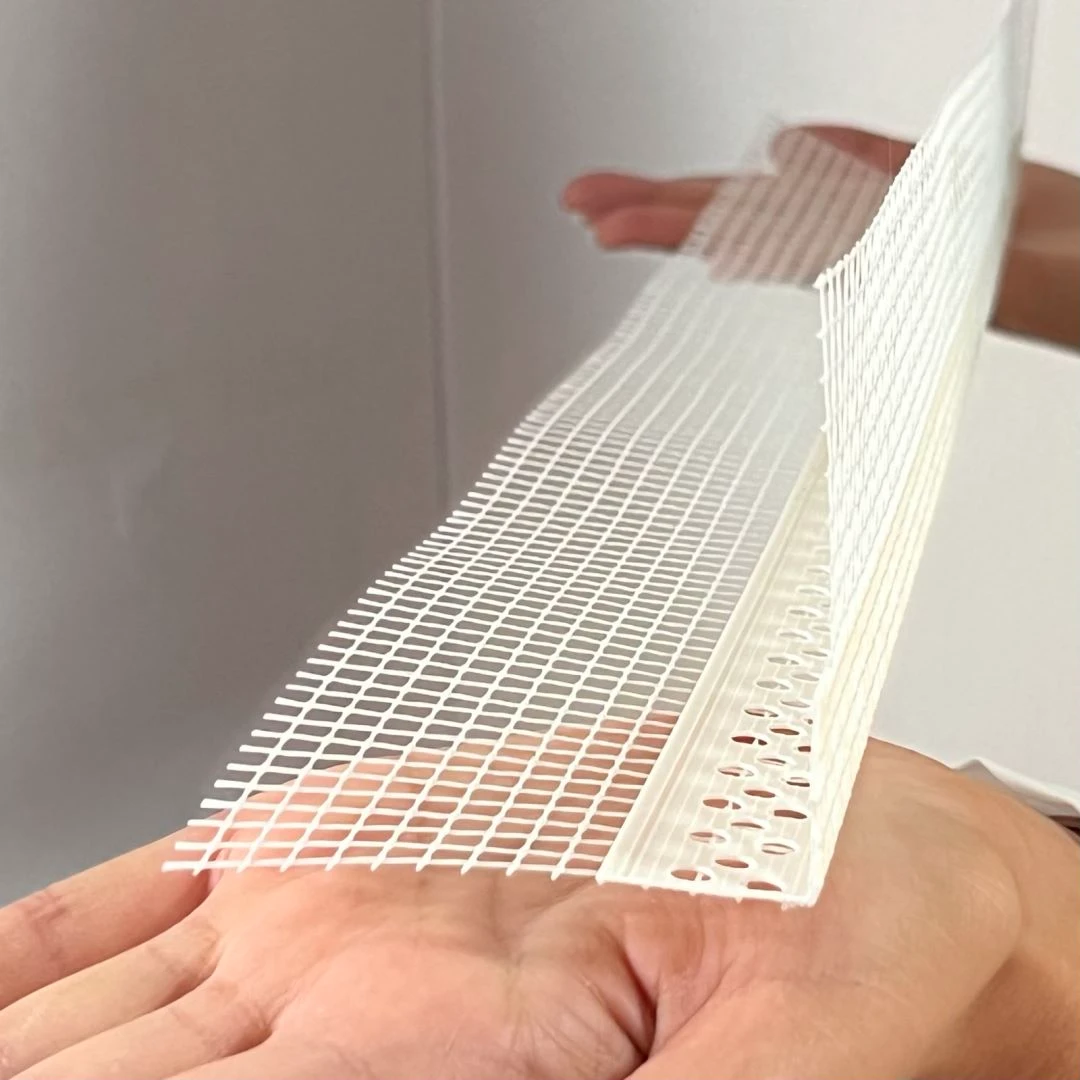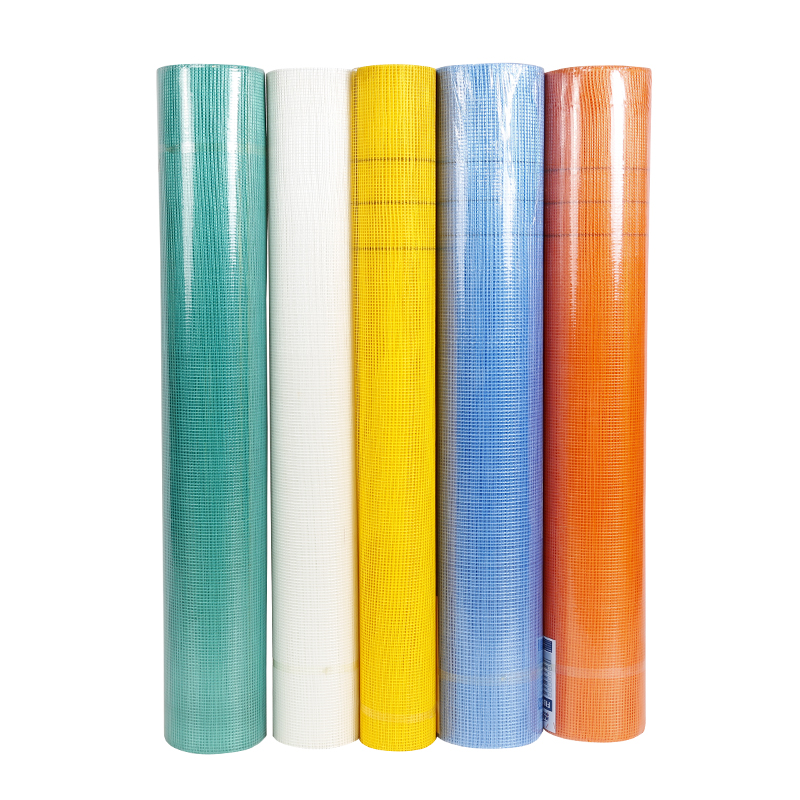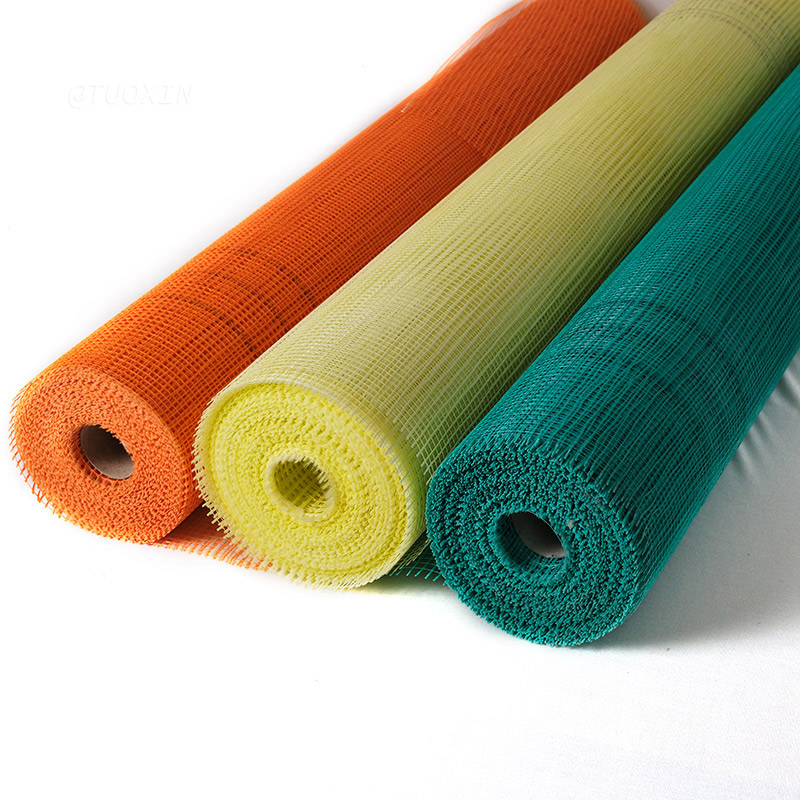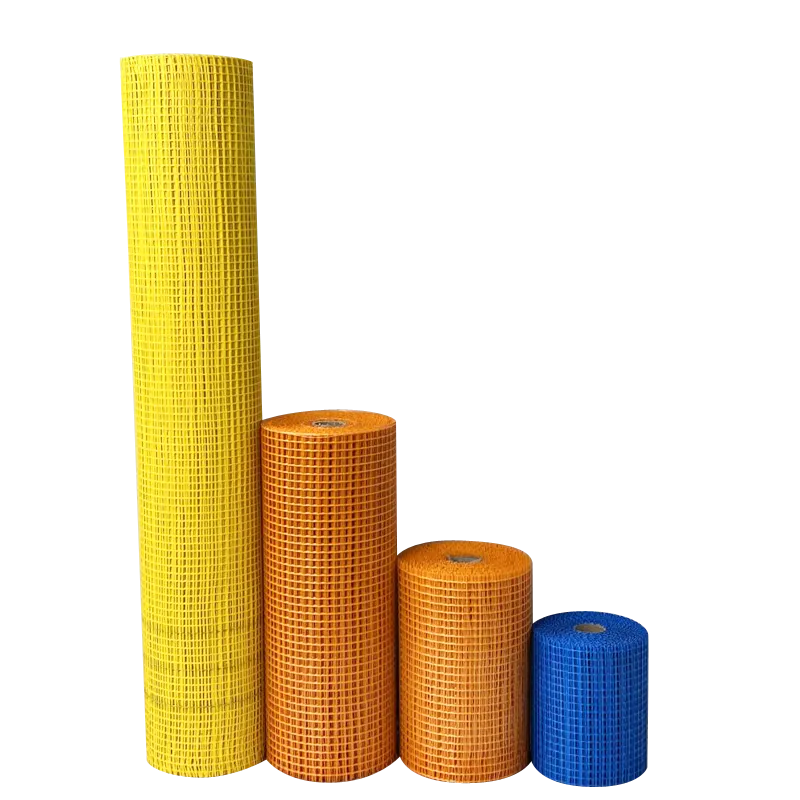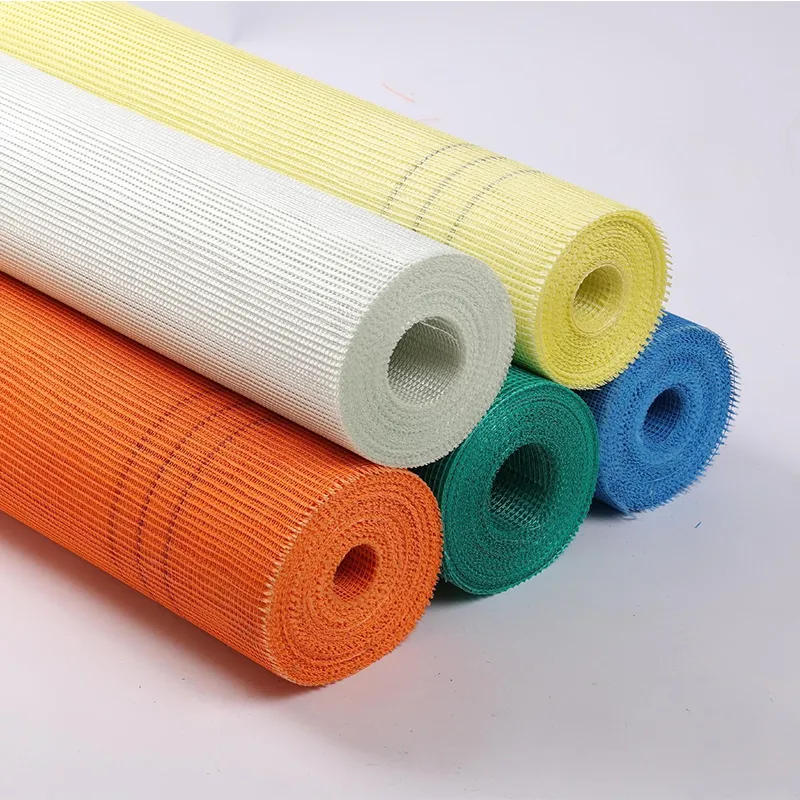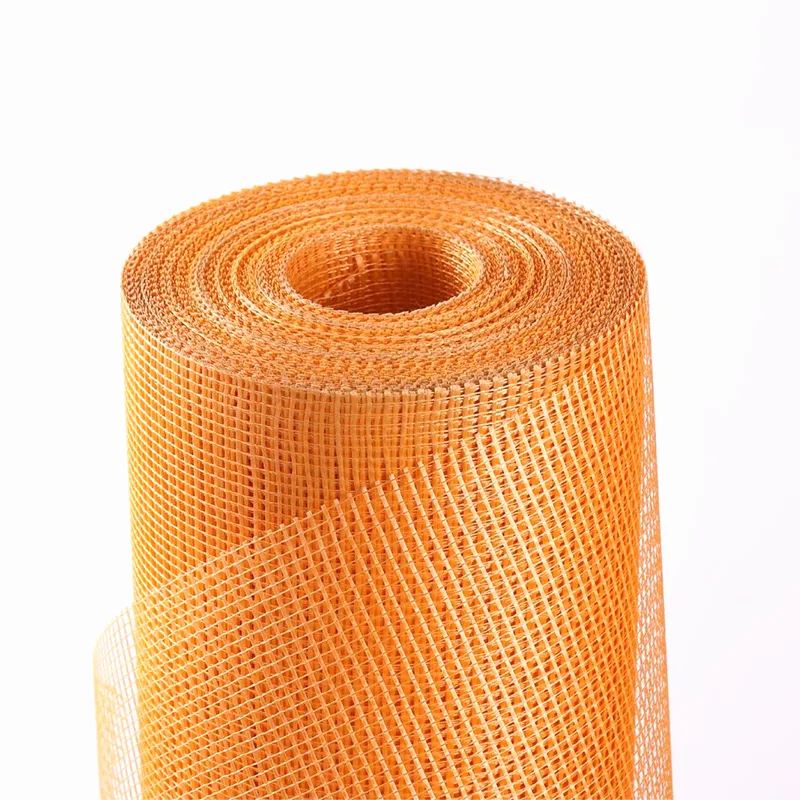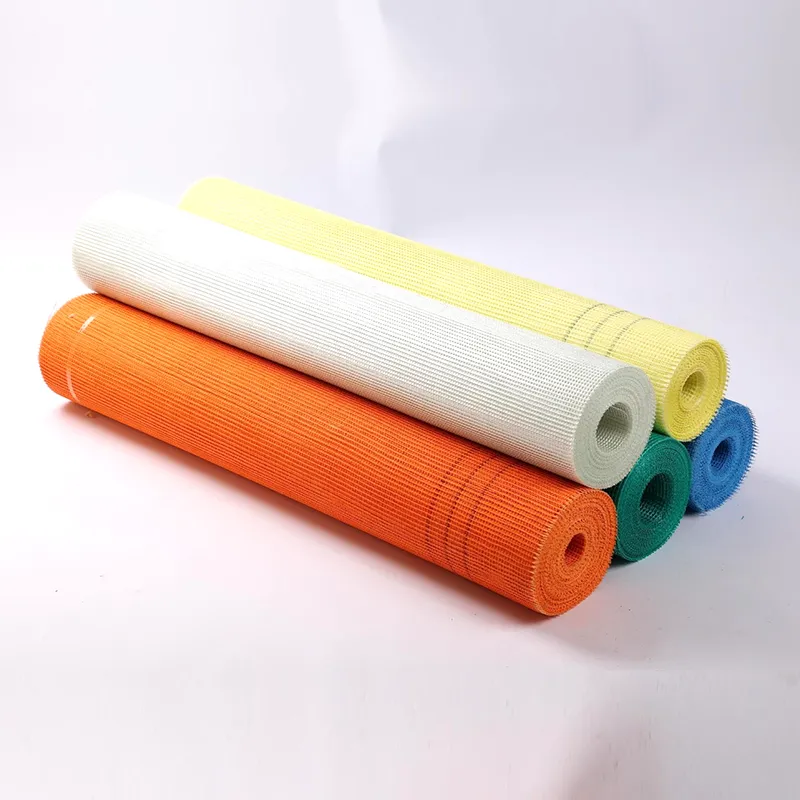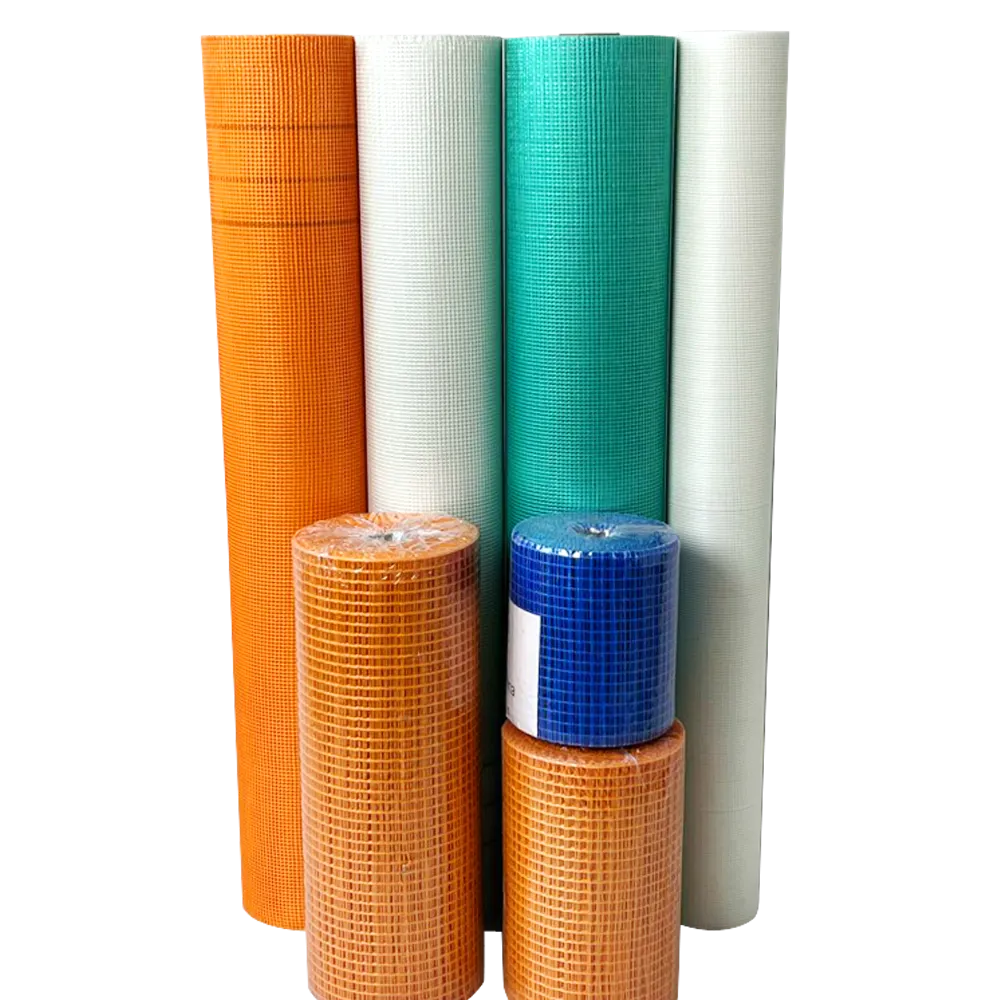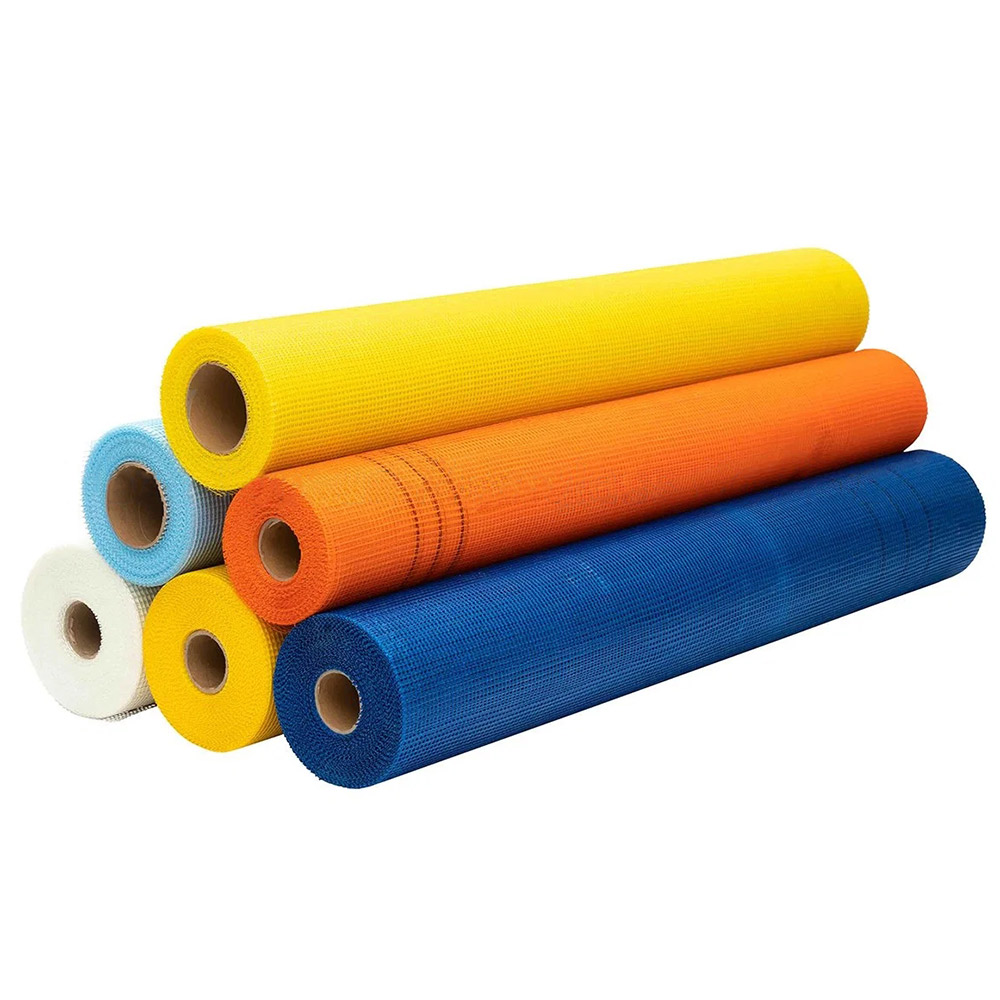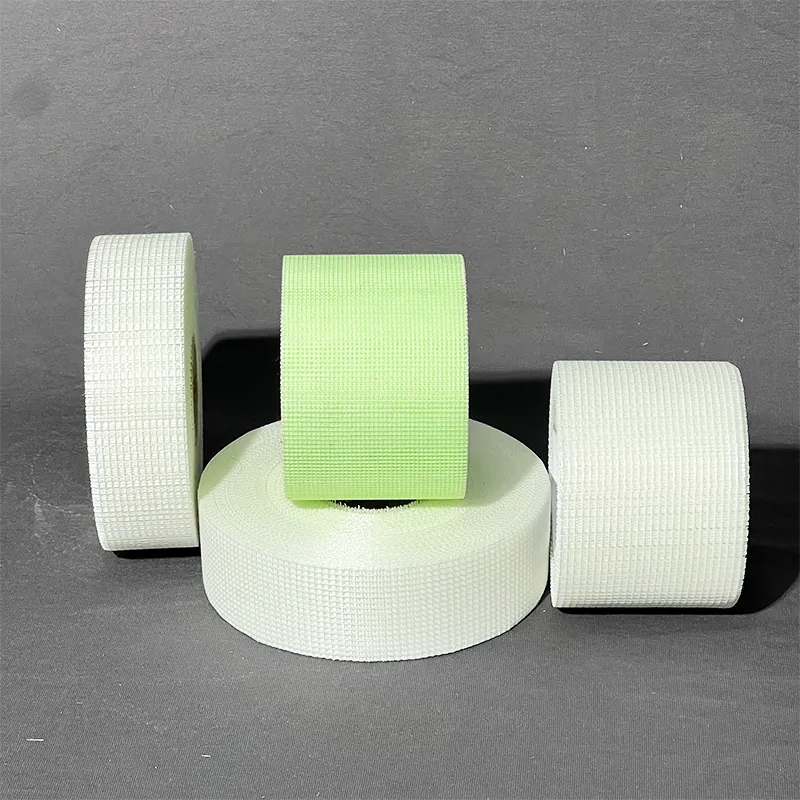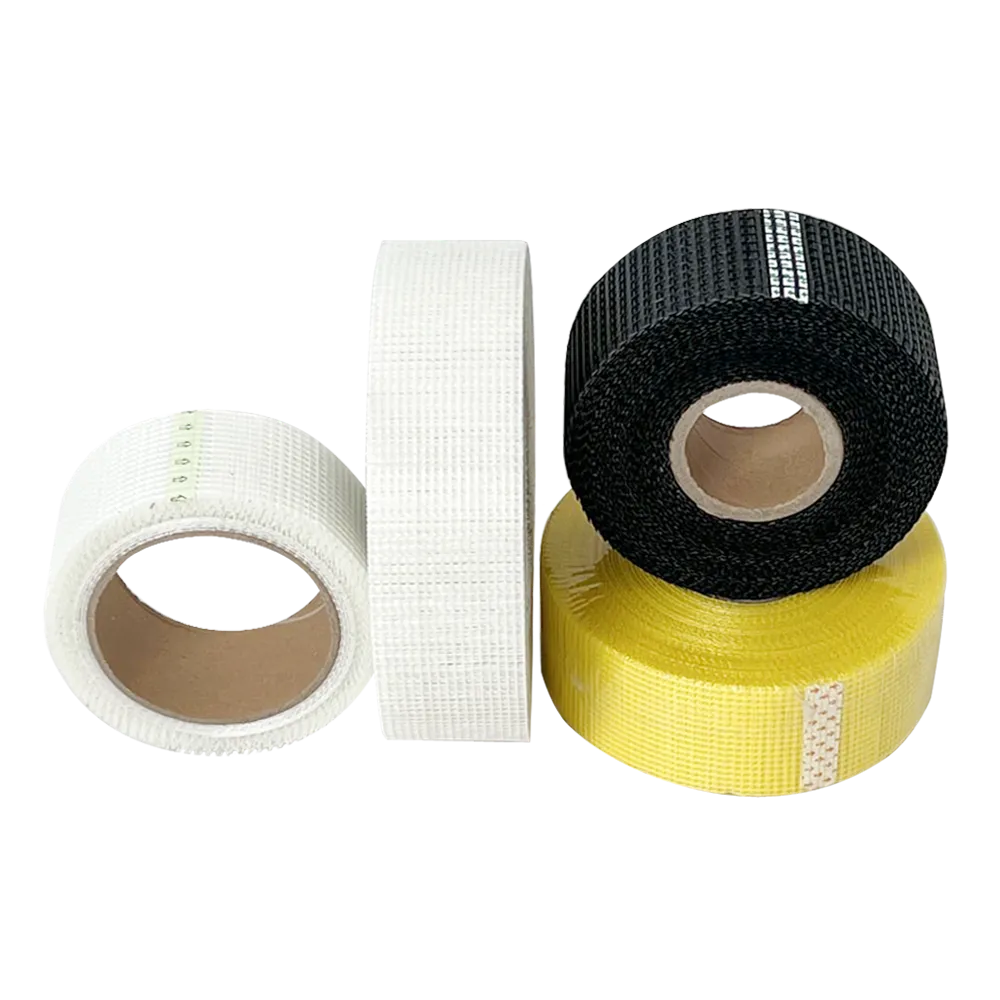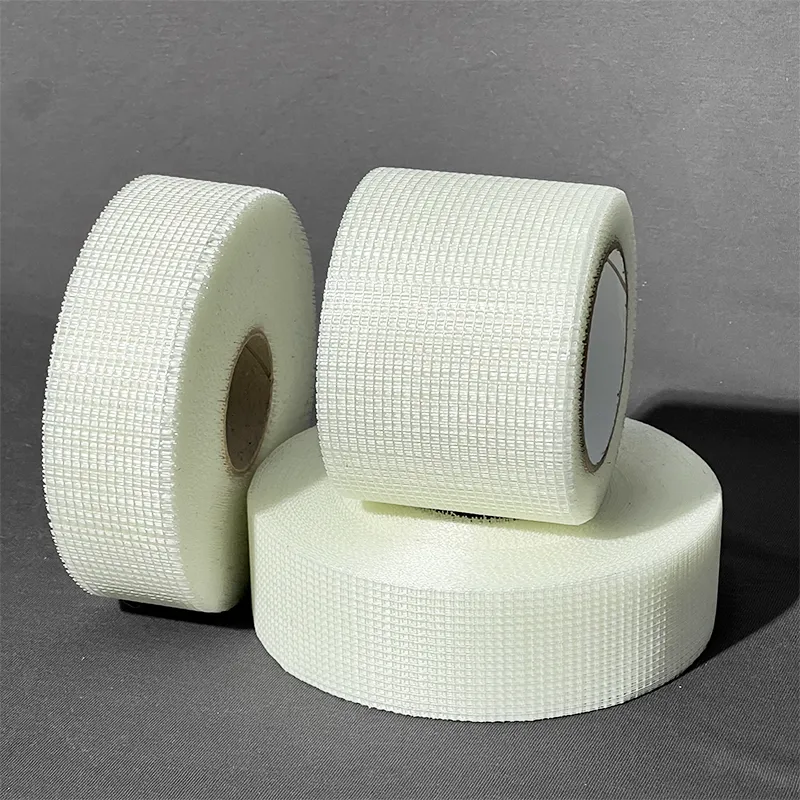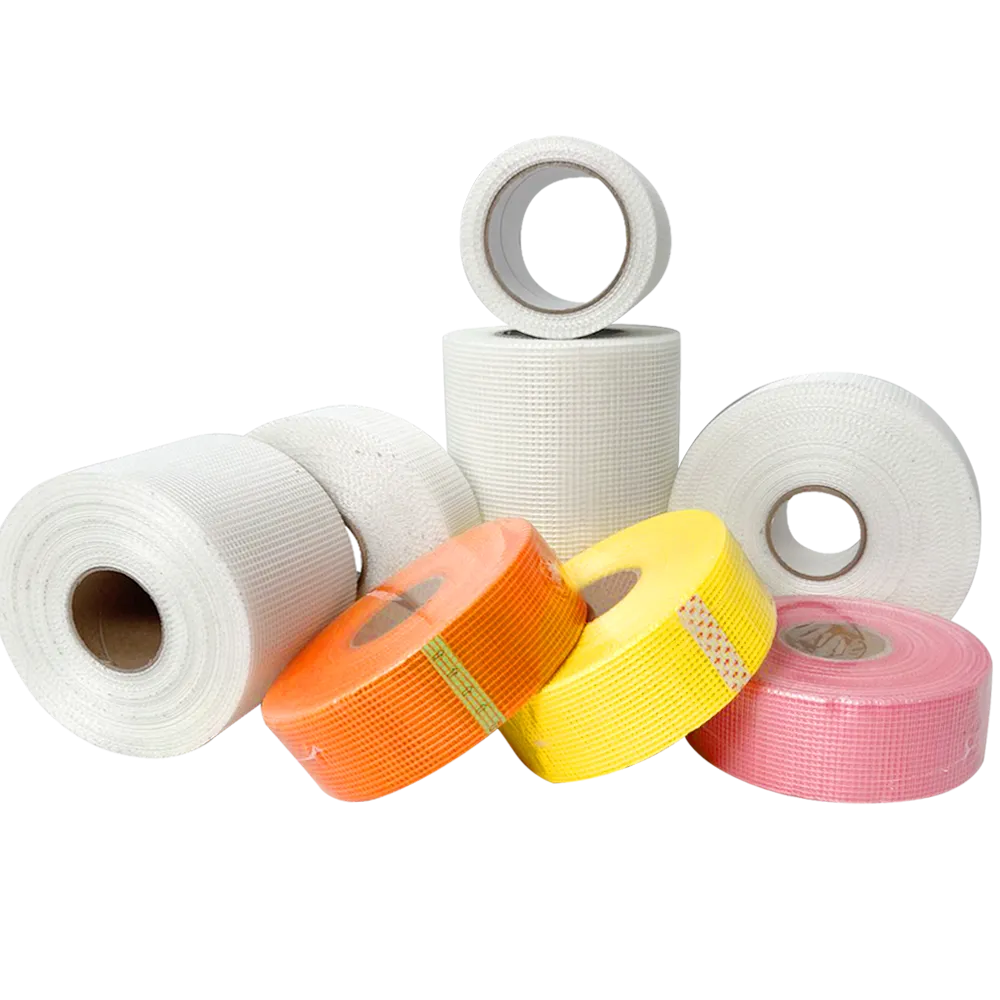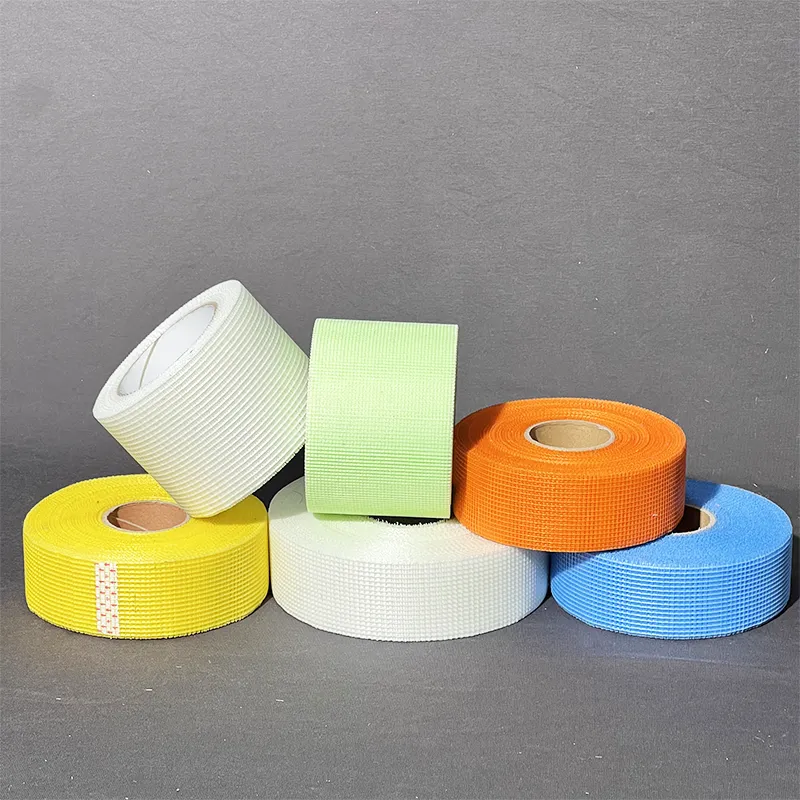Nov . 05, 2024 00:18 Back to list
fiberglass eifs mesh factories
Fiberglass EIFS Mesh Essential Insight into Factories and Production
The demand for Exterior Insulation and Finish Systems (EIFS) has seen a considerable rise in construction projects, particularly in regions that experience extreme weather conditions. One key component of EIFS is fiberglass mesh, which plays a critical role in reinforcing the system’s overall durability and performance. Understanding the production processes and the significance of fiberglass EIFS mesh factories can provide valuable insight for builders, architects, and contractors.
The Importance of Fiberglass Mesh in EIFS
Fiberglass mesh serves as a vital reinforcement material in the EIFS assembly. It is typically embedded within the base layer of the system, enhancing its strength and resistance to cracking. This component not only improves the impact resistance of the EIFS but also contributes to moisture management, making buildings safer and more energy-efficient. The inherent properties of fiberglass—such as lightweight, high tensile strength, and resistance to rotting and corrosion—make it an ideal choice for this application.
Proliferation of EIFS Mesh Factories
In response to the growing need for high-quality EIFS materials, several factories specializing in fiberglass mesh production have emerged globally. These factories employ advanced technologies and innovative production methods to ensure that their products meet specific industry standards. From weaving to coating, each step in the manufacturing process has a significant impact on the final quality of the fiberglass mesh.
Production Process
The production of fiberglass EIFS mesh typically involves several key steps
fiberglass eifs mesh factories
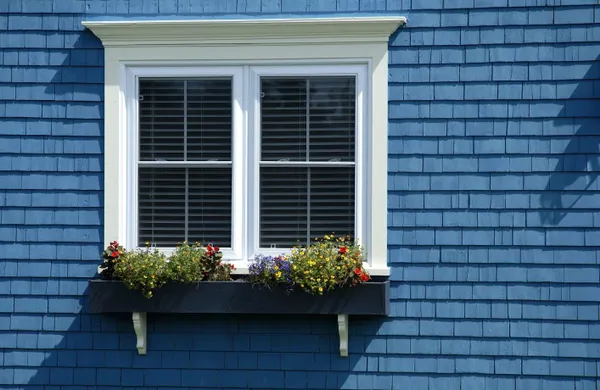
1. Fiberglass Yarn Production The process begins with the creation of fiberglass yarn. Raw materials, primarily silica sand and other oxides, are melted and drawn into fibers, which are then spun into yarn suitable for weaving.
2. Weaving The yarn is woven into mesh using high-speed looms. The density, weave pattern, and size of the mesh can vary based on specific requirements. A tighter weave offers greater reinforcement, while a more open weave allows for improved flexibility.
3. Coating After weaving, the fiberglass mesh is often coated to enhance its performance properties. This includes treatments that improve UV resistance, water repellency, and adhesion to various substrates. The choice of coating material can significantly affect the longevity of the mesh in different environmental conditions.
4. Quality Control Rigorous quality control measures are implemented throughout the production process. Factories test the mesh for tensile strength, flexibility, and durability to ensure that it meets both local and international standards.
Global Market Trends
As the construction industry increasingly embraces sustainable practices, the demand for EIFS continues to grow. Factories producing fiberglass mesh are adapting to this trend by focusing on eco-friendly manufacturing techniques and materials. Furthermore, advancements in technology are enabling these factories to produce customized mesh solutions tailored to unique project specifications.
Conclusion
Fiberglass EIFS mesh factories play an indispensable role in the construction industry by providing materials that enhance the integrity and performance of exterior insulation systems. Understanding the production processes and innovations in this sector is crucial for stakeholders aiming to leverage the benefits of EIFS. As building practices evolve towards more sustainable solutions, the importance of high-quality fiberglass mesh will only continue to increase, underpinning the durability and efficiency of modern construction.
-
The Versatile Role of Fiberglass Mesh in Modern ConstructionNewsJun.09,2025
-
The Essential Role of Alkali Resistant Fiberglass mesh Tape in Modern ConstructionNewsJun.09,2025
-
Strengthening Walls and Joints with Fiberglass mesh Tape SolutionsNewsJun.09,2025
-
Fiberglassmesh Tape Solutions for Stronger Walls and Cleaner FinishesNewsJun.09,2025
-
Fiberglass Reinforcement Mesh: A Modern Essential for Durable FinishesNewsJun.09,2025
-
Enhancing Construction Durability with Self-Adhesive Fiberglass Mesh SolutionsNewsJun.09,2025
